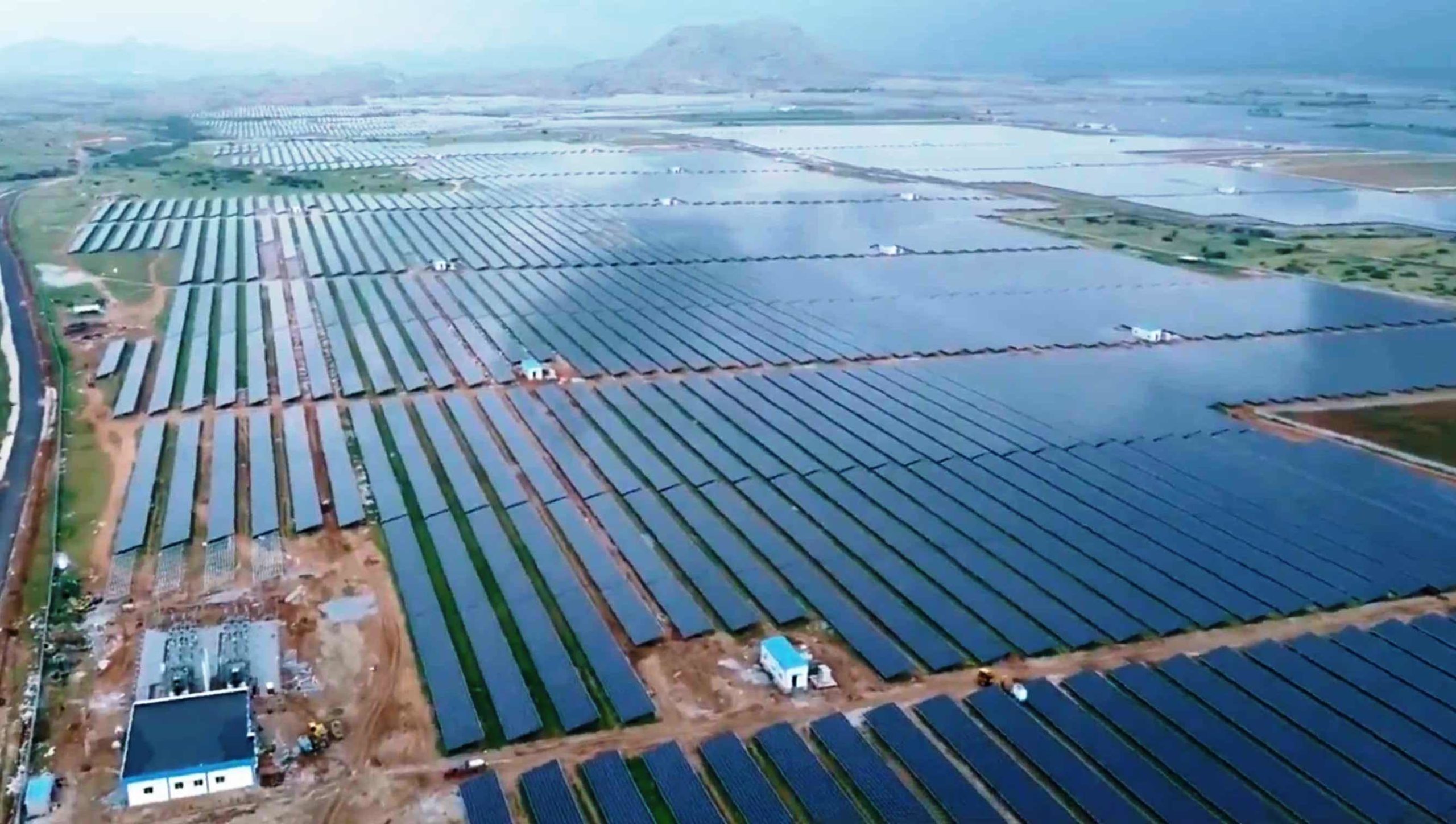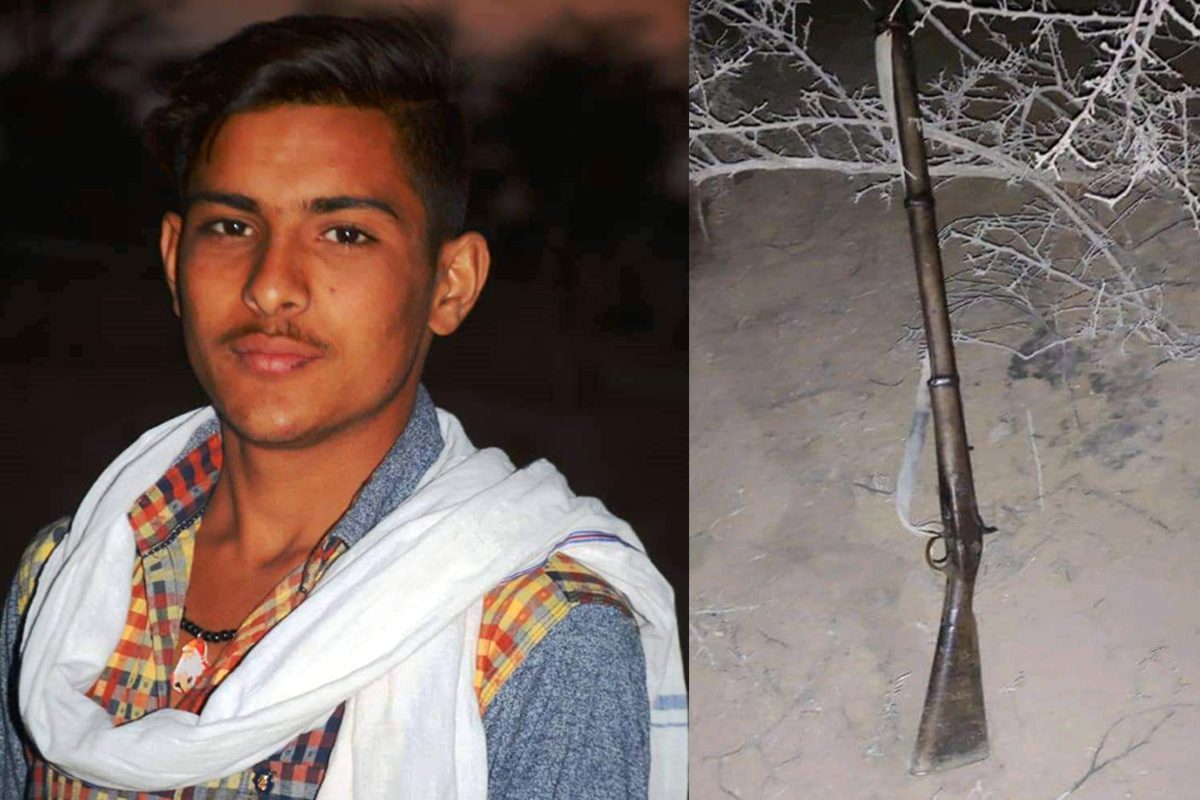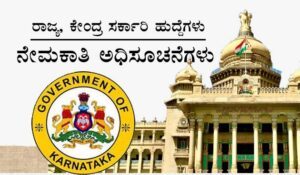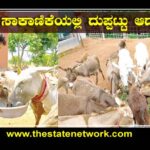The sun shines bright on the fertile land. Farmers are on the field. There’s sufficient ground water for the crops. The watermelon, pomegranate, potatoes, corn and peanut are all ready to be harvested. The agriculture season is at its peak. This is in Madakasira block in Anantpur district Andhra Pradesh. It is about 140 kms from Bangalore.
If one goes a little further Northeast about 50 kms into the villages, the fields are barren. Grass has turned brown. No farmers are around their land. Failed borewells everywhere.
And the villages look deserted. This is in a Thirumani block in Pavagada taluk in Karnataka. It borders Andhra Pradesh. Farmers who once cultivated vegetables in the rainfed region became debt-ridden due to recurring droughts and crop losses. Many in the villages could not even afford two meal a day. Pavagada is one of the most backward districts in Karnataka. This region was rife with poverty and hunger.
But both the farmers are earning out of their land.
While the farmers in Madakasira block are making a living out of their fertile unirrigated fields, the farmers in Thirumani are making their living through their unfertile lands, not by farming but by renting the land to power generating companies.
The temperature is soaring at 35 degrees Celsius in mid-February. The sun rays are reflecting on large solar panels on the fields that generate power. Farmers who rented their land are sitting outside a petty shop to chit-chat.
Eighty-year-old late Akkalappa’s family runs the petty shop. His family’s land of 16 acres, divided among sons and daughters, were put together and leased to Karnataka Solar Power Development Corporation Ltd (KSPDCL) that has developed Solar Park to generate 2 gigawatts of solar.
With shortage of power, the Karnataka government set up a Solar Park to meet the burgeoning city’s electricity needs. The power generated in Pavagada solar park lights up 7 lakh urban households.
Akalappa’s family quit farming long ago. With the passing of age, his children migrating to cities, borewell went dry. The groundwater got contaminated with fluoride. And farm debts started to mount.
Akalappa had accumulated a debt of Rs ₹3 lakh by 2012. The financiers frequented his place asking for the dues. He had crop insurance but the insurance companies refused to pay on time for the crop losses. The government partially waived off his loans. But in 2015, the government came out with the solar park proposal. It sought the farmers to give their land on lease for a period of 25-30 years. The solar park came as a reprieve.
Akkalappa’s family leased the entire 16 acres for a mere ₹21,000 per acre a year, with 5% appreciation every two years, for a period of 28 years. Several farmers followed suit. Even small farmers who had less than 2 acres of land started to pool in with others and lease despite the money given was less compared to the land size they parted with.
For farmers who earned nothing out of the land which was once their bread and butter, now earning Rs 21,000 an acre that’s Rs 1,750 a month, felt better. They had no other choice but to lease the land. And the power generated does not go the village but the grid which then send it across it cities like Bangaluru.

About 85% of India’s farming population is still small and marginal. They own land less than 2.5 hectares (5 acres approx.) of land. Only 47of these farmer own land.
So, farmers with even 3 acres of land earns money to the extent that he is still considered to be poor– falling under the bracket of ‘below poverty line’.
the same government, which is fighting to alleviate poverty, tried to play the mediator role between farmers and private power generating companies and finalized the Rs 21,000 per acre contract amount.
The government in the recent budget proposed to develop more such solar parks.
“The money contracted is less (₹21,000) for the current times. But we had no choice. And the government and companies are merely exploiting us considering villagers’ desperate situations. Many villagers, unlike me, are unskilled and do not have good earning potential,” says Madhu, a farmer’s son who leased his 7 acre of in Thirumani.
The solar park, spans 13,000 acres across Nagalmadike, Balasamudra, Tirumani, Rayacharlu, and Kyataganacharlu villages in semi-arid Pavagada.
Karnataka government acquires blocks of land, gets the required approvals for power generation and then auctions the land parcels to private solar power developers who then sell the power to highest bidder.
Companies like SB Energy (SoftBank), Azure Power, Tata Power Renewable Energy, Fortum and ReNew Power are involved in the power generation.
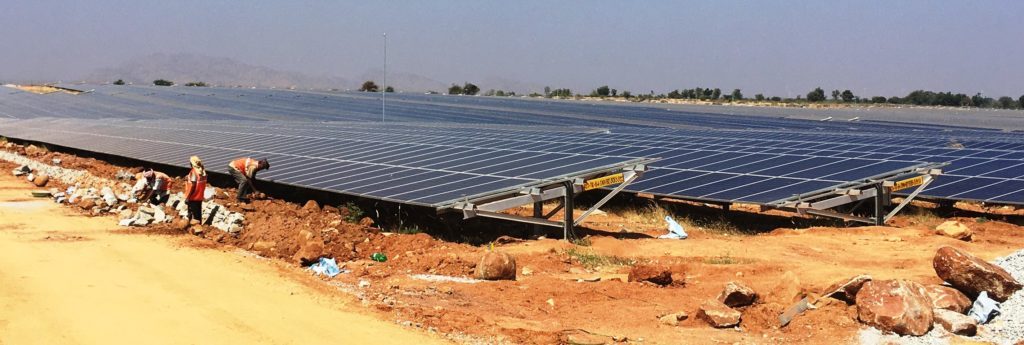
At present India’s renewable energy is (solar, wind and small hydel) together account for 22% of the power generation. We have to double this in 10 years.
Shelving coal and moving to solar, should also take into account the jobs losses that may result for those poor farmers and families working in coal mines in the backward states like Chhattisgarh, Jharkhand and Orissa.
As the sun goes down, people like Madhu feel that a better pricing for their land and rights to grow fodder for animals beneath the solar panels would do some good to them.
“For farmer who are not cultivating, livestock becomes their earning mode. When the land is taken away for industrial purposes, we cannot even feed out animals. We should be given the right to use that space for growing fodder so that it helps us in dairy farming,” Madhu says.
– Prabhu

